Monitoring Sleep Apnea: How to Track Your Sleep at Home

Modern tools make sleep tracking simple, comfortable, and easy to understand.
You are trying to do all the right things. You go to bed on time. You’ve cut back on caffeine. You wind down before you go to sleep.
But you are still waking up exhausted. Foggy. Drained.
Maybe you’ve chalked it up to stress, age or just a “bad night’s sleep.” But if it is happening often, you might need to ask a different question:
What is actually going on while I sleep?
In many cases, persistent tiredness isn’t just about sleep habits—it’s about what your body is doing while you’re asleep. One possible cause? Sleep apnea, a condition that affects millions of adults—many without realizing it.
While a formal diagnosis still requires a sleep study, you don’t have to wait to start finding out what’s happening at night. With the right tools, you can track your sleep, breathing, and oxygen levels from home.
In this post, we’ll cover:
-
What sleep apnea is and how it affects your rest
-
Why monitoring your sleep matters
-
How the OxyKnight™ Watch and AsthmaGo™ app can help you gather helpful sleep insights
What Is Sleep Apnea—and Why Monitoring Matters
Sleep apnea is a condition where your breathing repeatedly stops and starts during sleep. These pauses can lower oxygen levels, break up your sleep cycle, and leave you feeling tired during the day.
Over time, untreated sleep apnea can contribute to:
-
Daytime fatigue or brain fog
-
Irritability or mood swings
-
Increased risk of heart issues or high blood pressure
But sleep apnea isn’t the only condition that affects how well you breathe at night. Other issues, like COPD or central sleep apnea, can also reduce your oxygen levels and disrupt your rest.
Common Sleep-Related Breathing Conditions
The chart below outlines several respiratory conditions that can interfere with sleep, and how modern home monitoring tools can help you track what’s happening.
While monitoring isn’t a substitute for a diagnosis, tracking your sleep at home gives you a chance to notice patterns, catch red flags early, and get a clearer picture of what’s going on before the symptoms get worse.
AsthmaGo™: Your Sleep Monitoring Companion
The AsthmaGo™ app doesn’t just collect data—it helps you make sense of it. Providing an intuitive way to view, manage, and share your sleep health insights.
What makes AsthmaGo™ stand out:
-
Visual sleep trend reports with easy-to-read graphs and summaries
-
Oxygen Desaturation Index (ODI) tracking for apnea-related insight
-
Real-time alarm for oxygen/pulse sent to phone or assigned caregiver
-
Measures overnight SpO2, pulse rate, and sleep cycle
-
Easy to share reports with your healthcare provider or family members
-
Recognized as a 2024 CES Innovation Awards Honoree
What Does the AsthmaGo App Track?
The AsthmaGo™ app, when paired with the OxyKnight™ Watch, helps you track and interpret key sleep health metrics. This chart shows what’s measured, what’s considered normal, and when it may be time to consult your provider:
Take Control of Your Sleep Health
Whether you're just starting to suspect something’s off or managing a chronic condition like COPD, tracking your sleep at home gives you a practical way to start understanding what’s really going on.
With the right tools, you can stop guessing and start noticing patterns that help you take the next step with confidence.
Ready to see what your nights are really telling you?
Learn more about the OxyKnight™ Watch and AsthmaGo™ app →


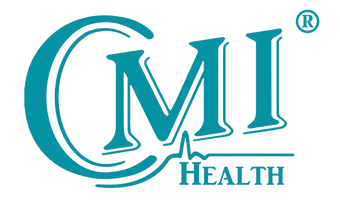

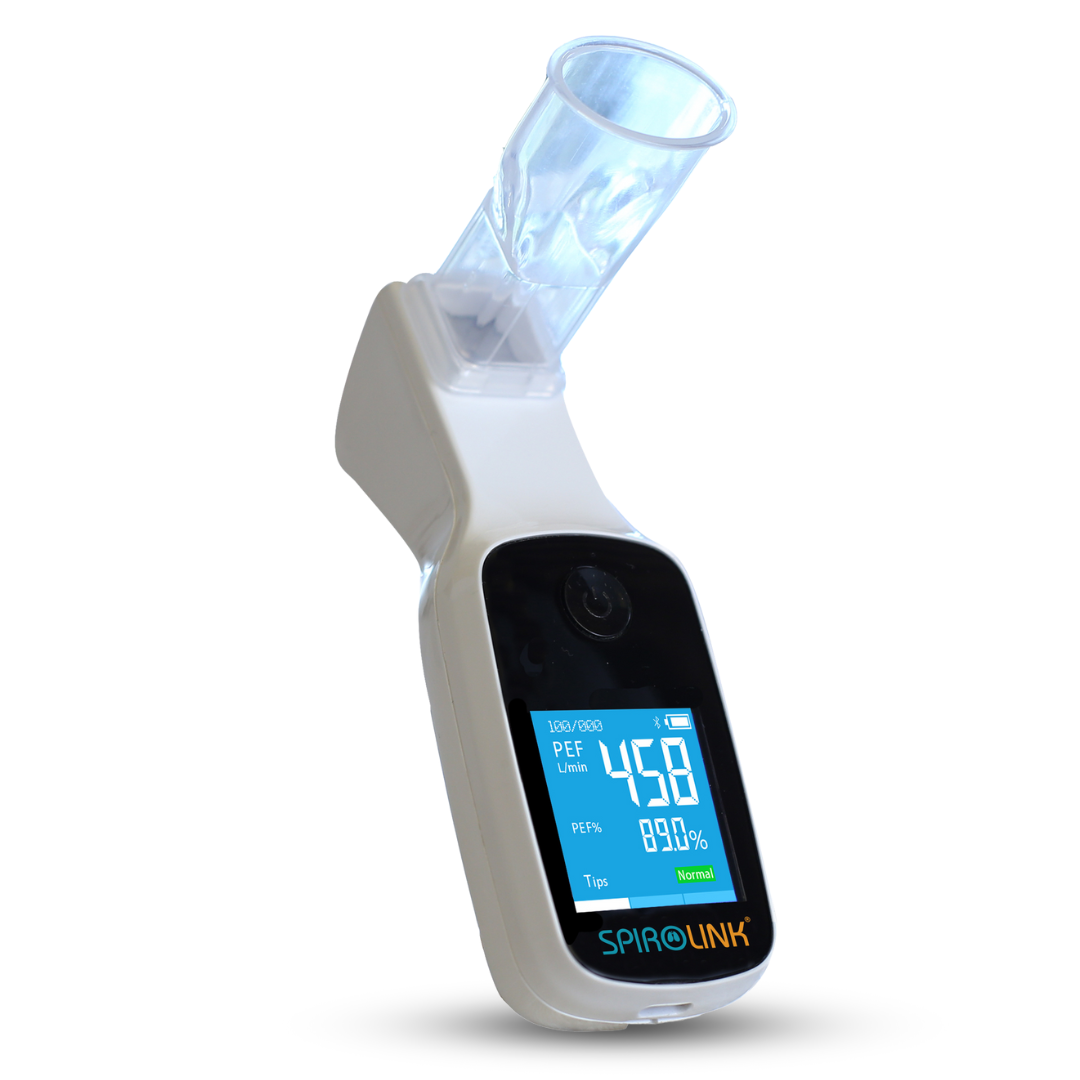
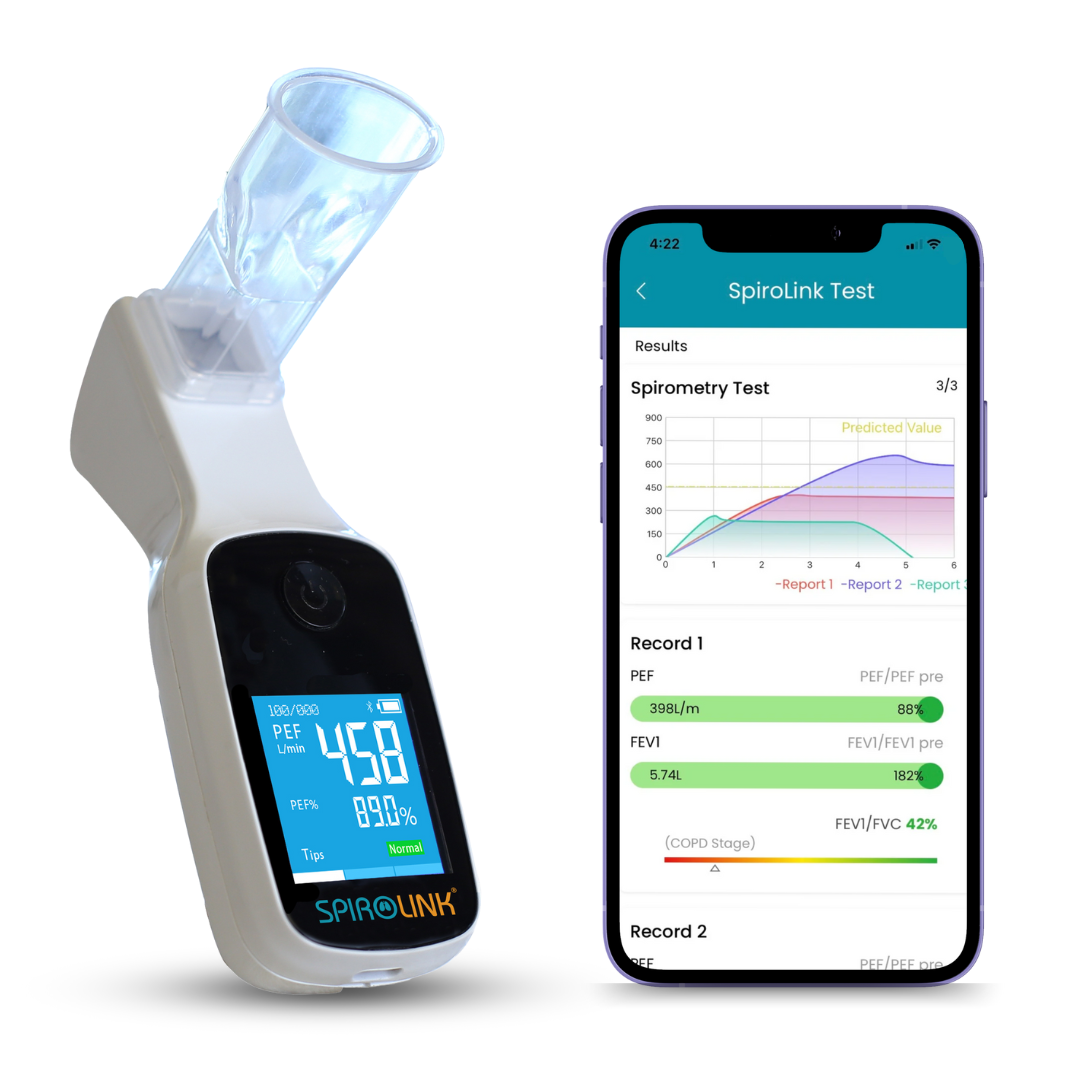
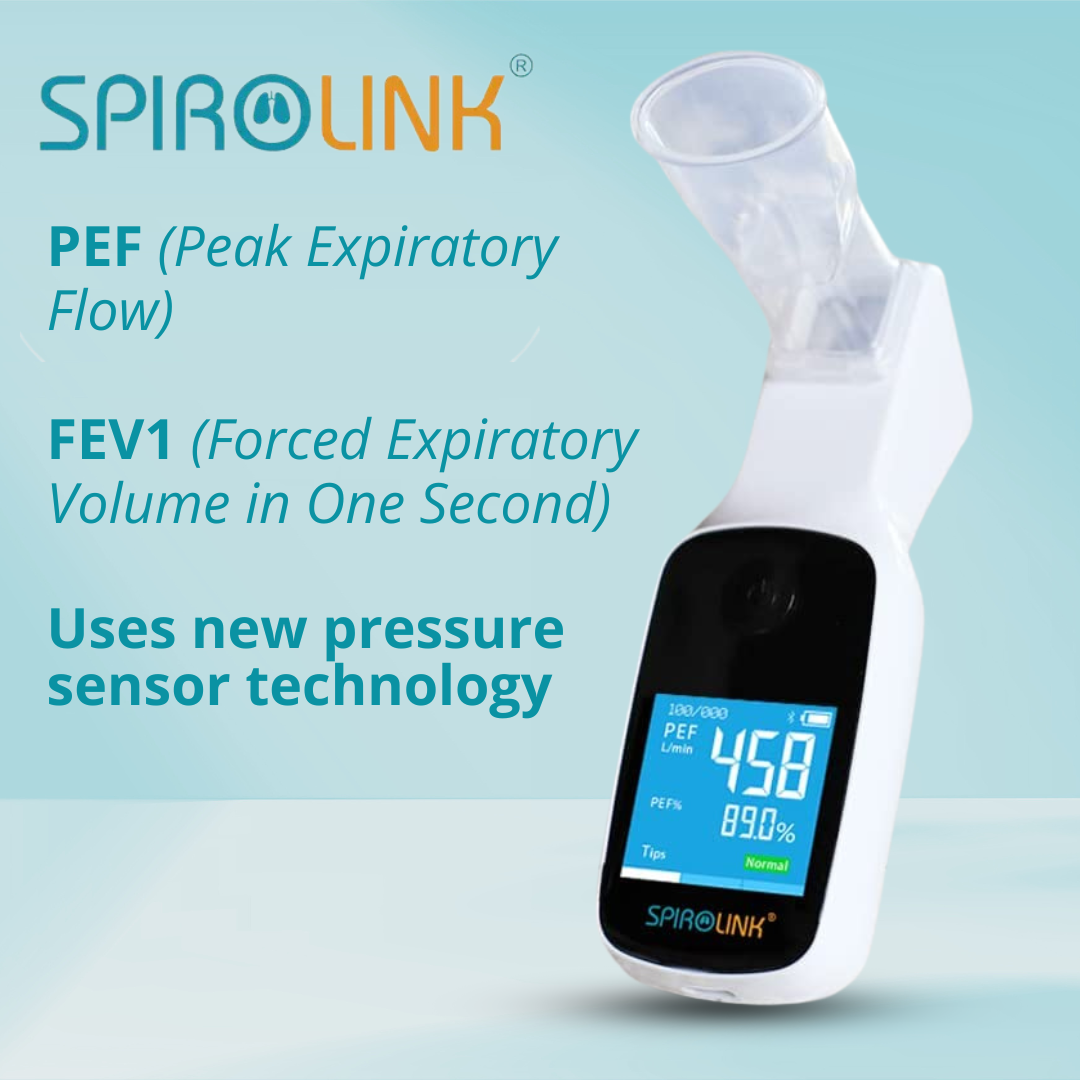
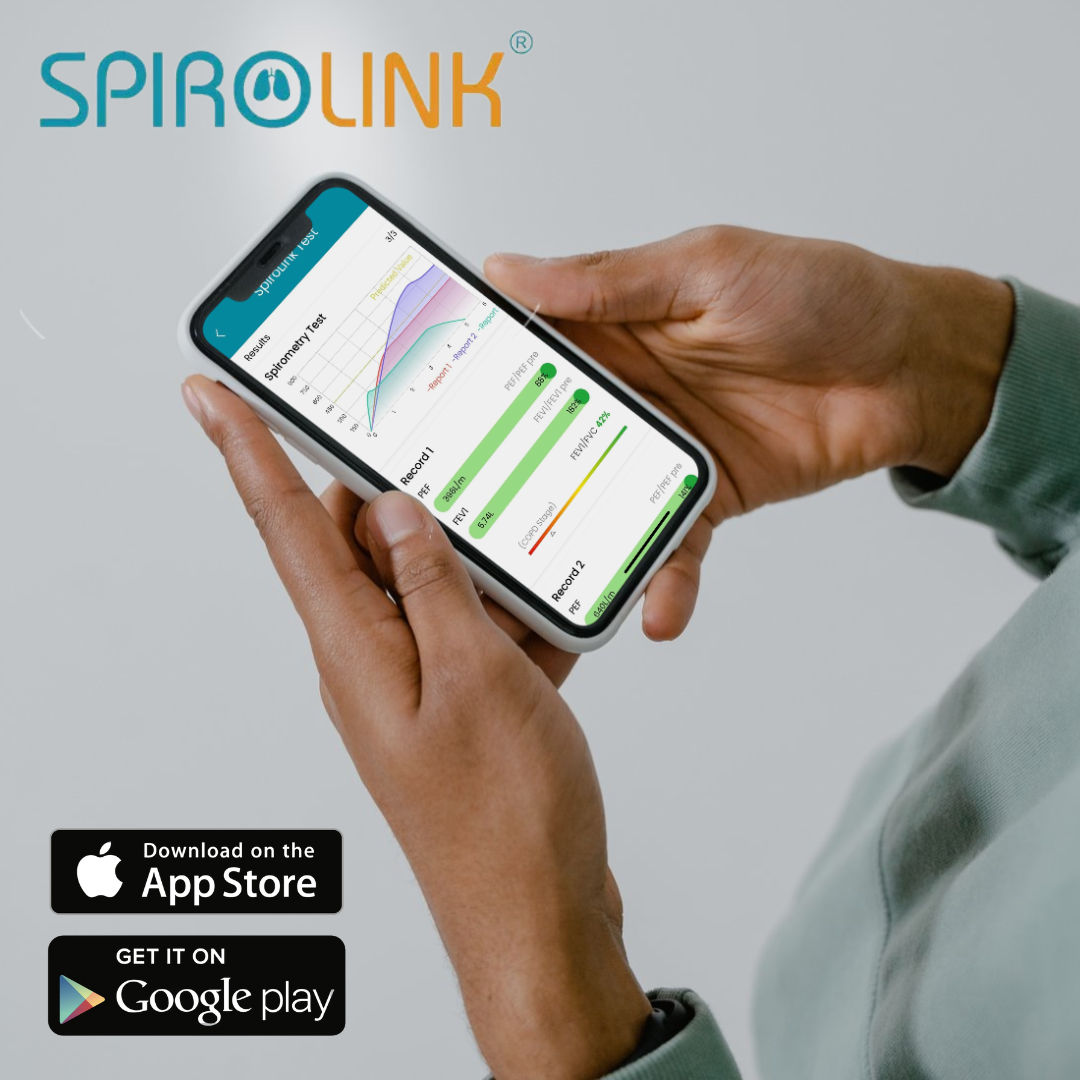
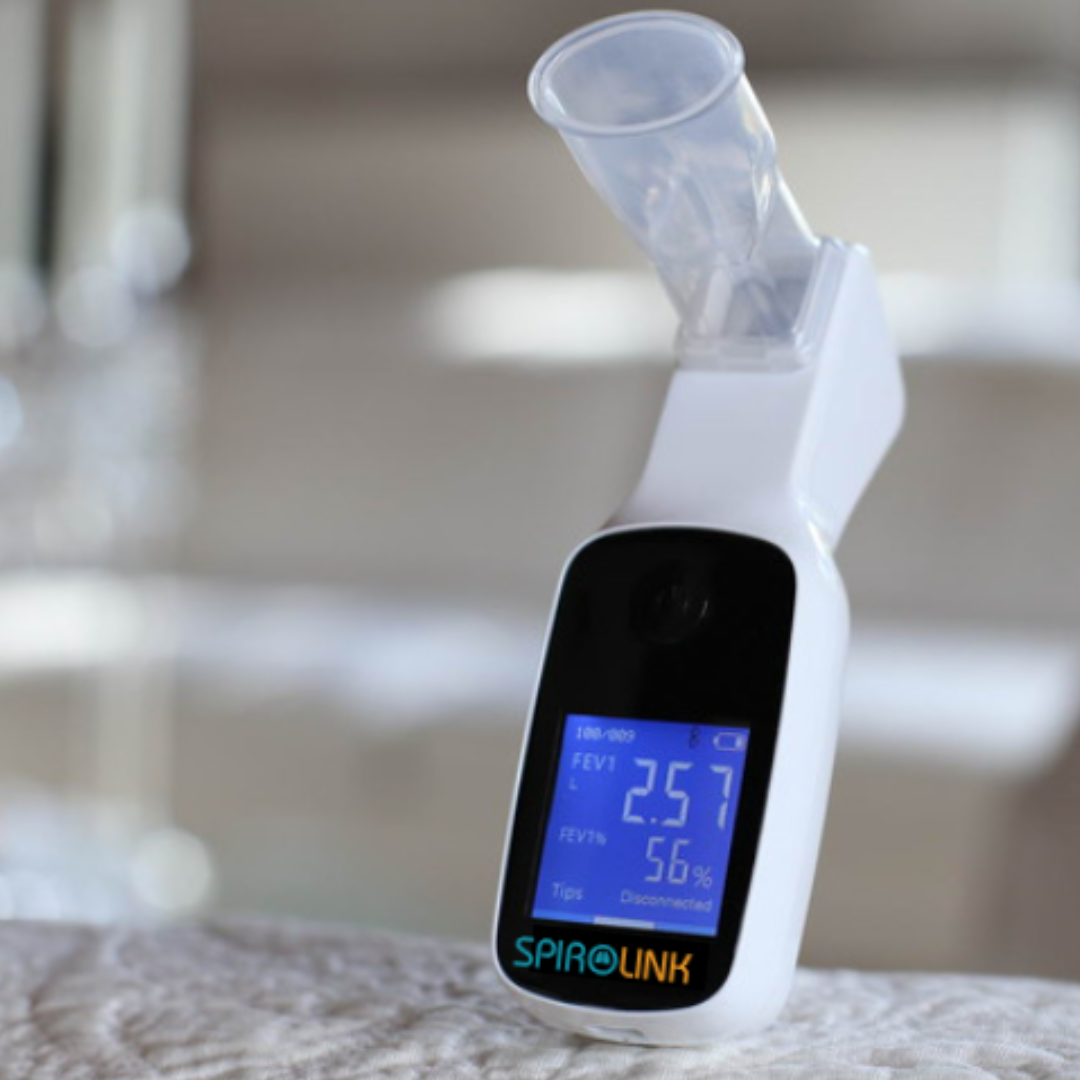
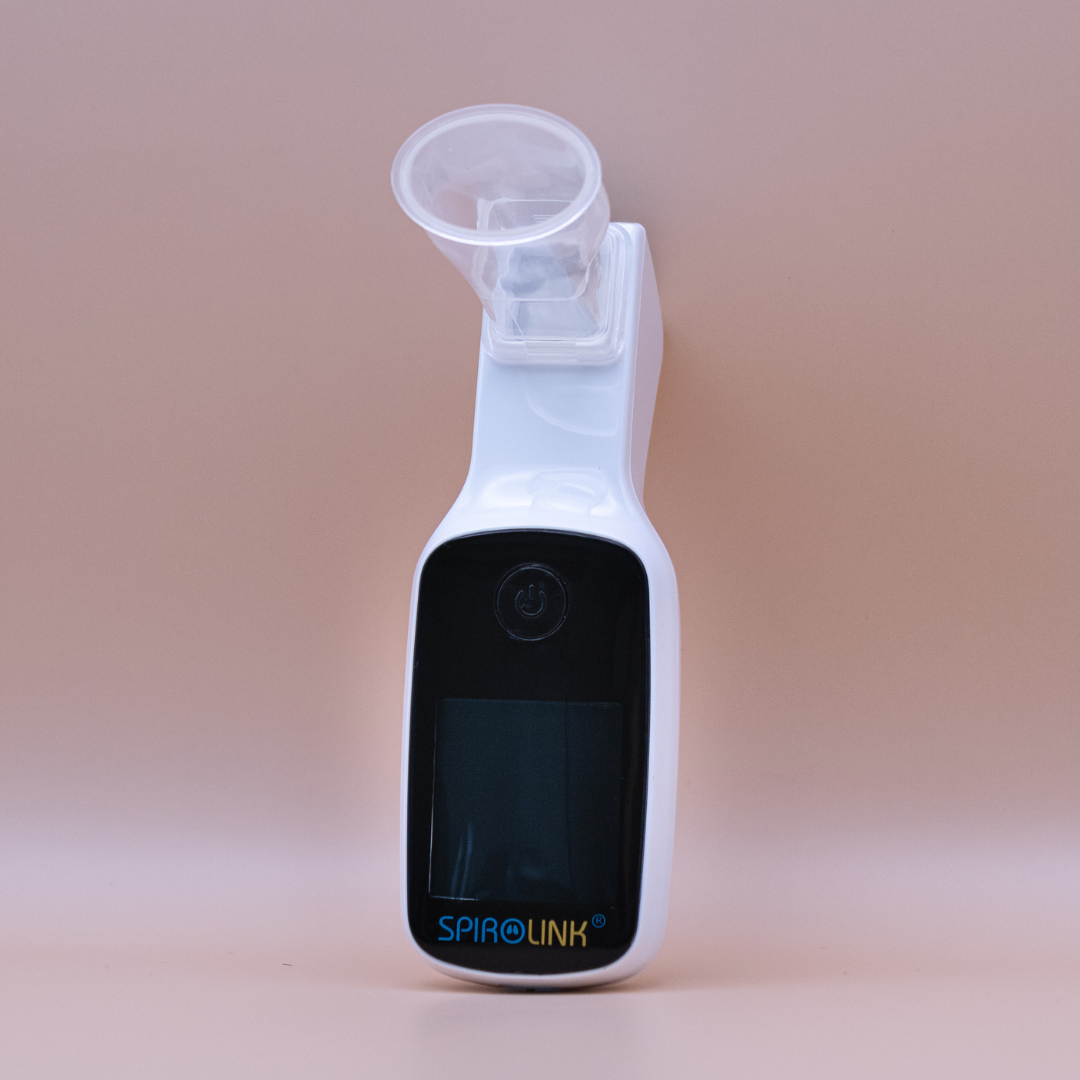

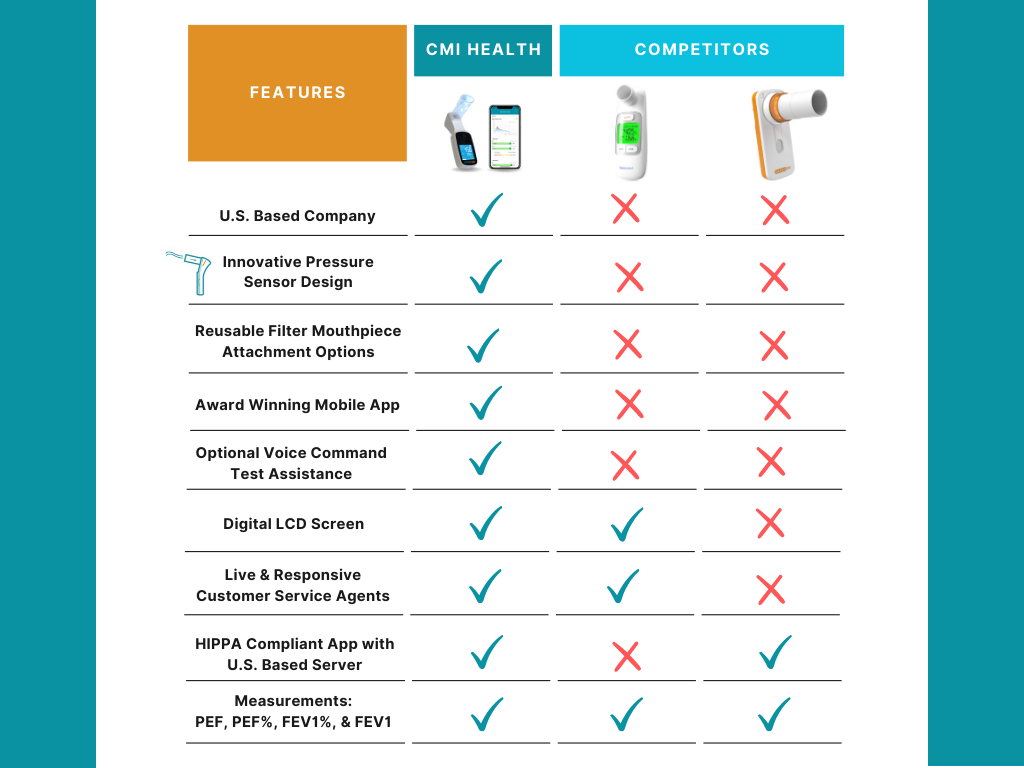
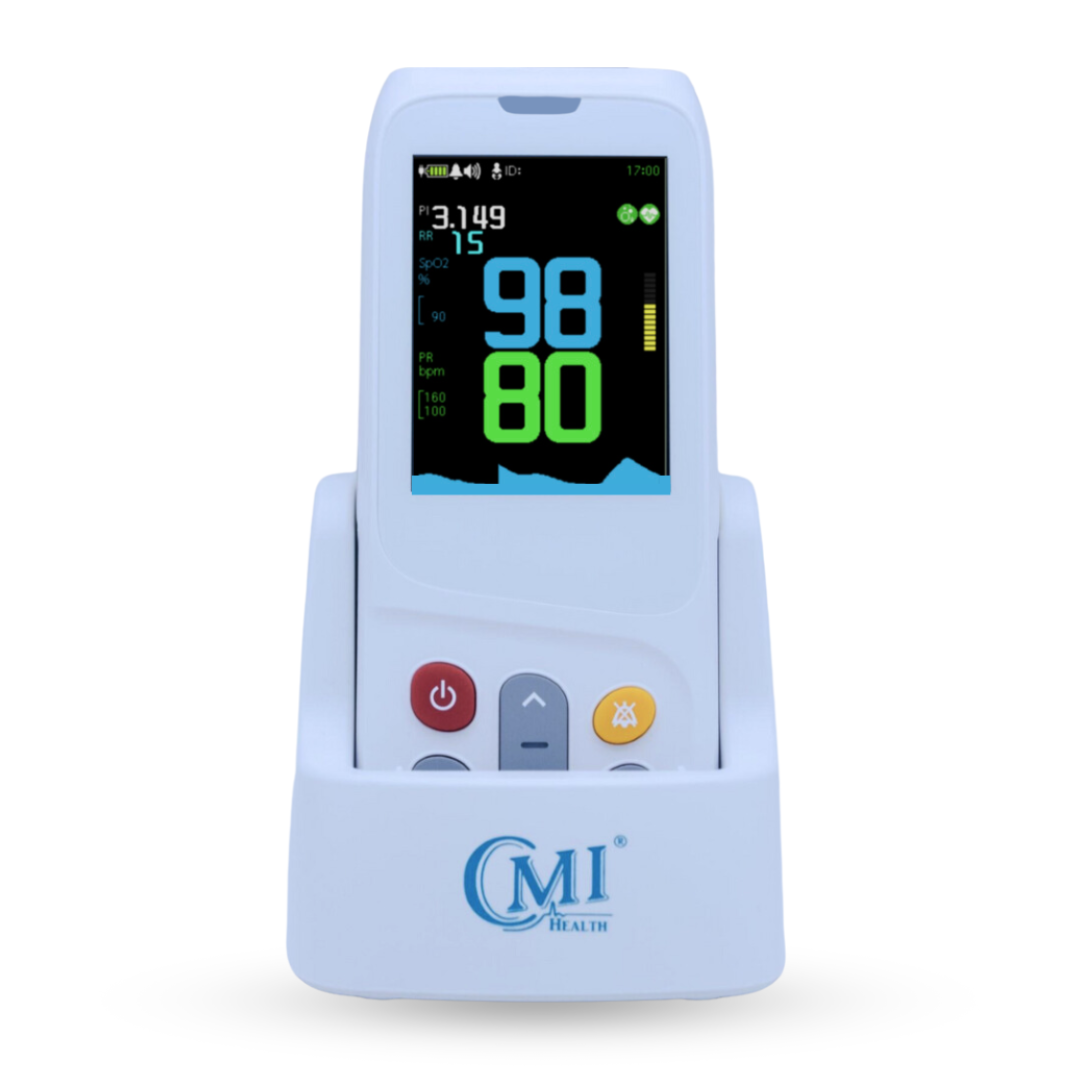
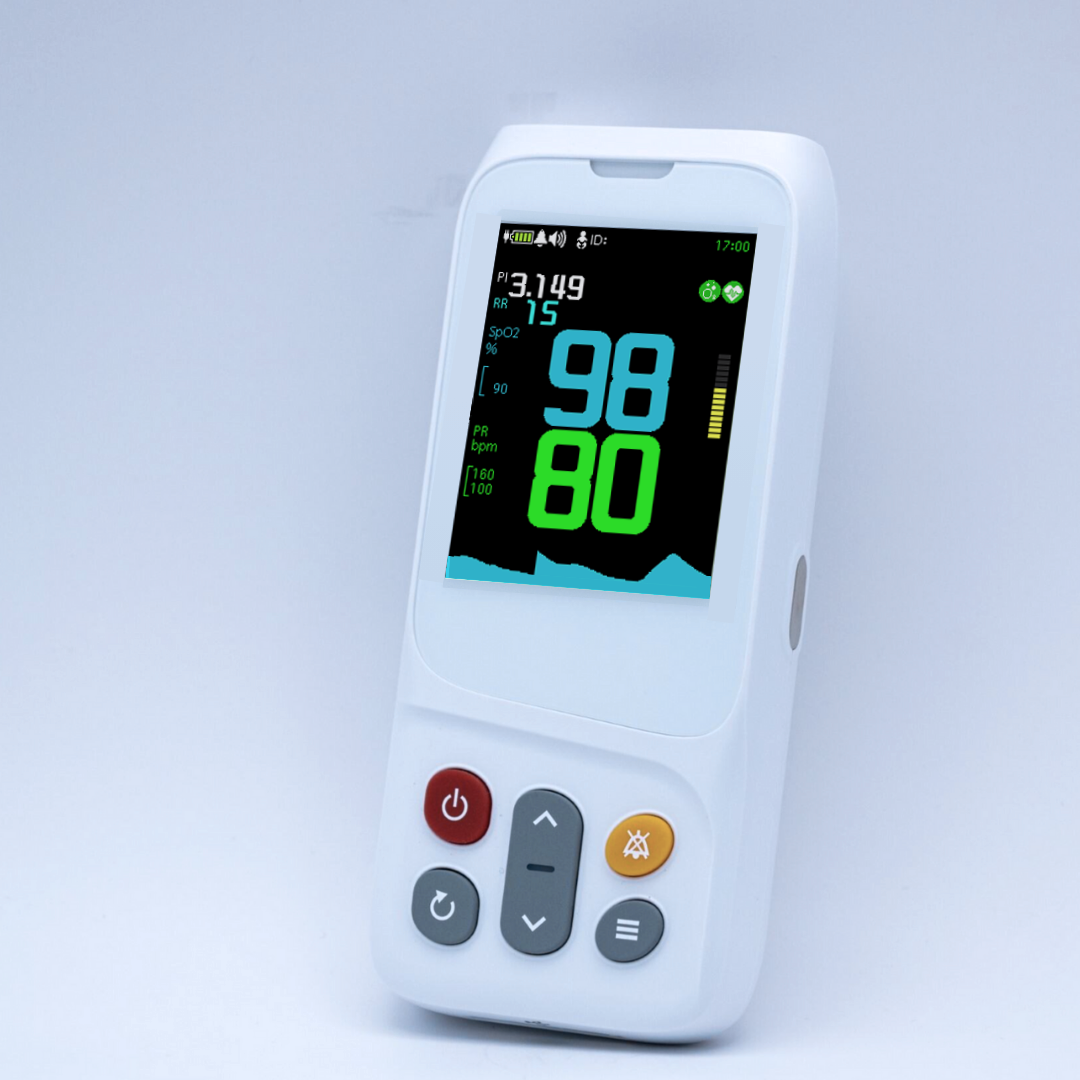
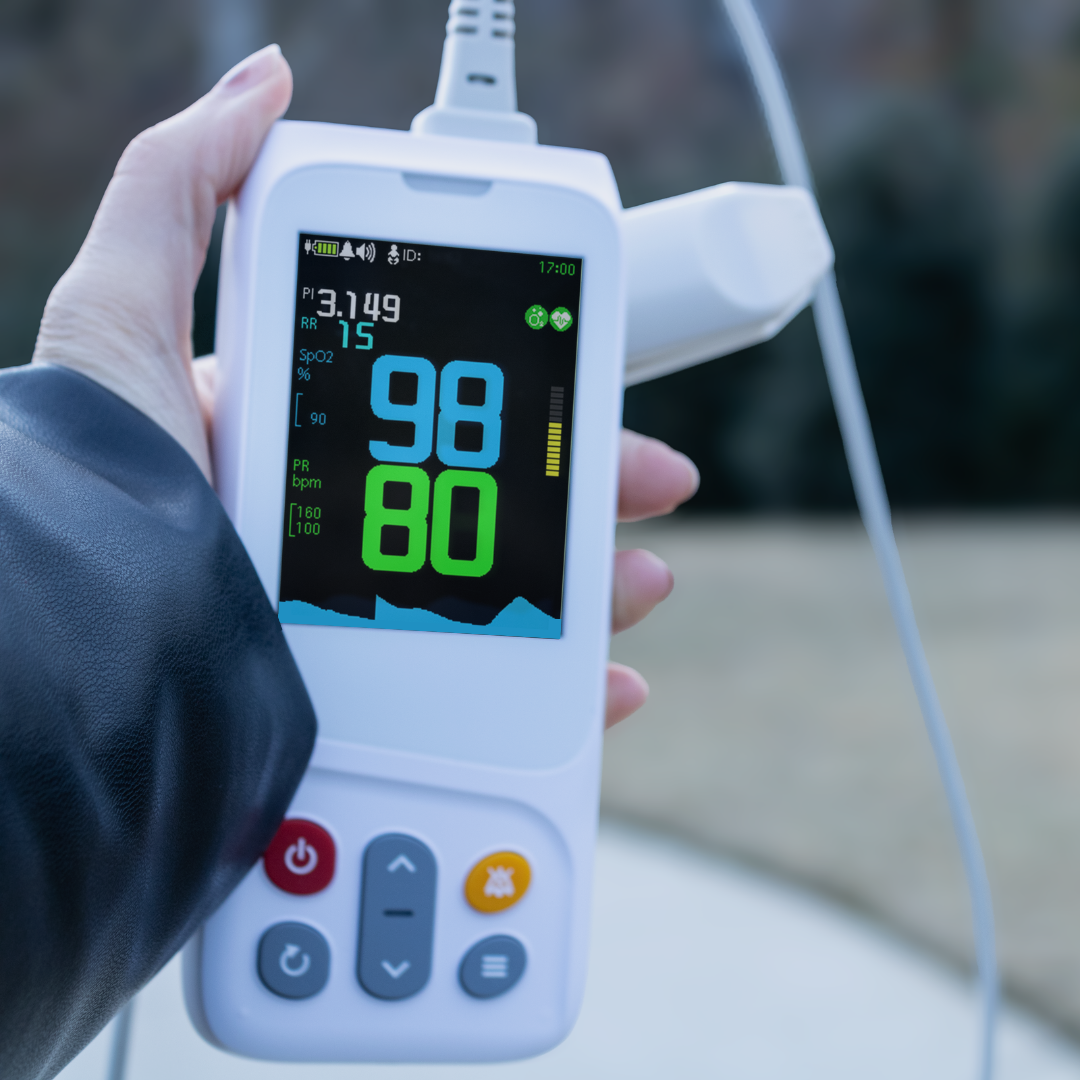
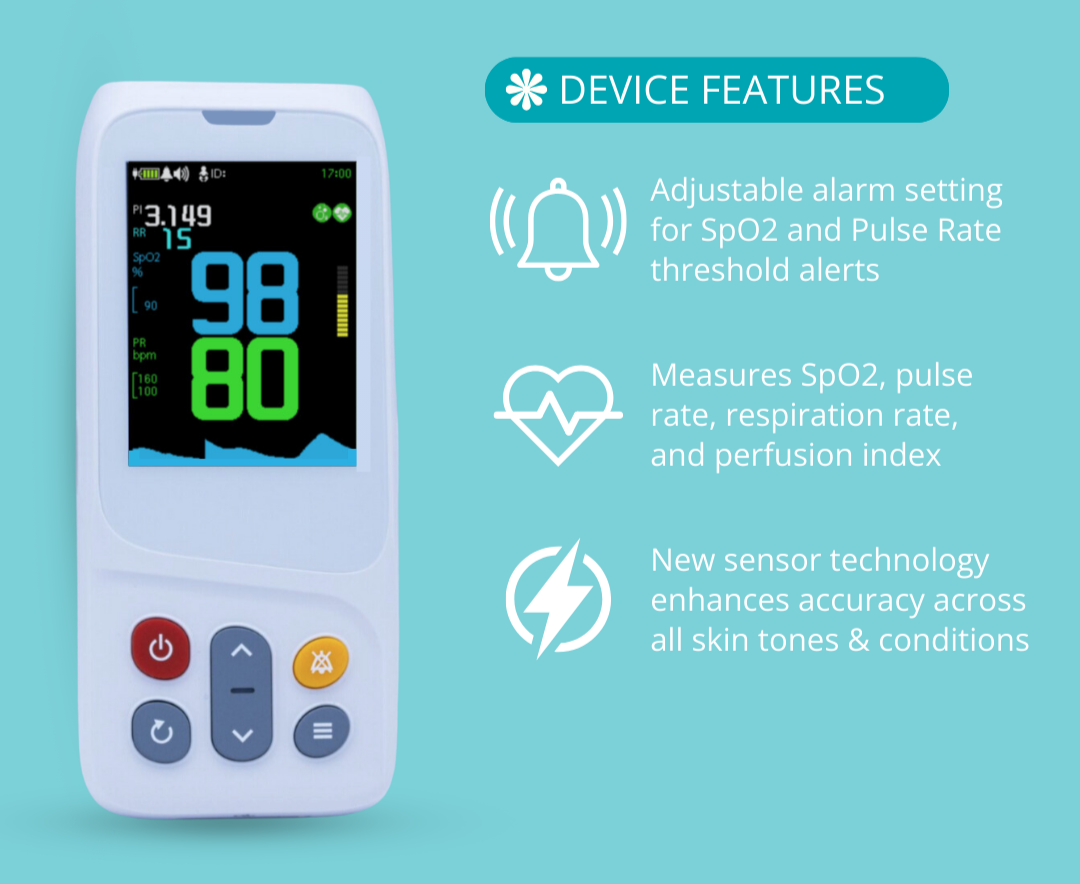
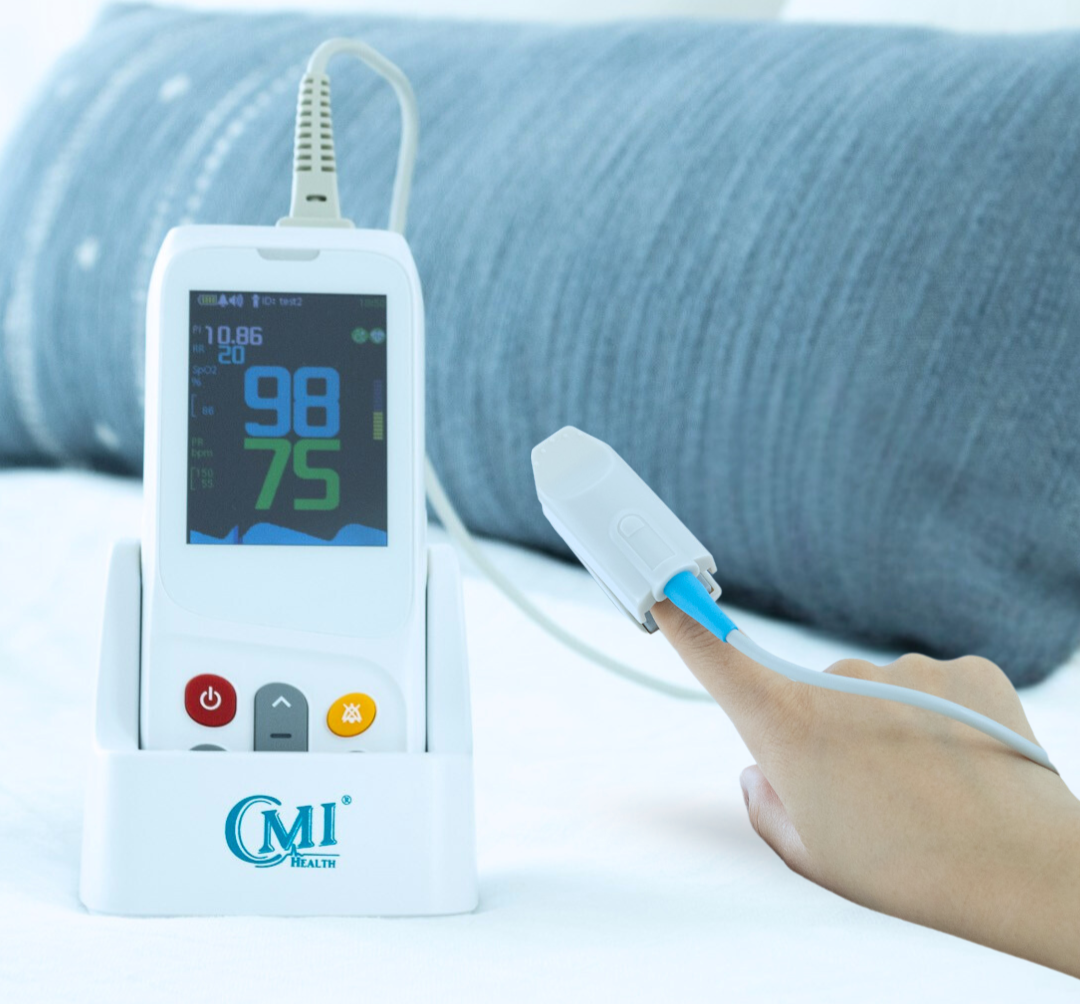
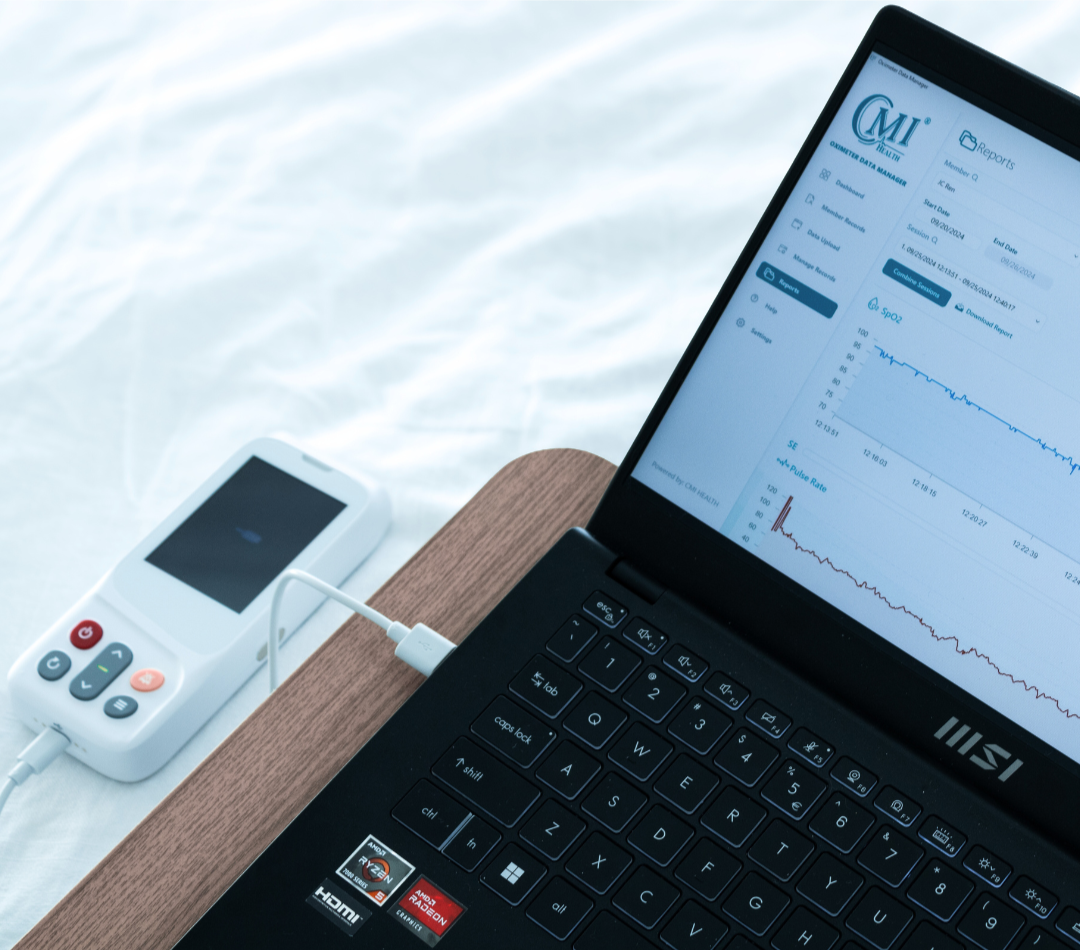
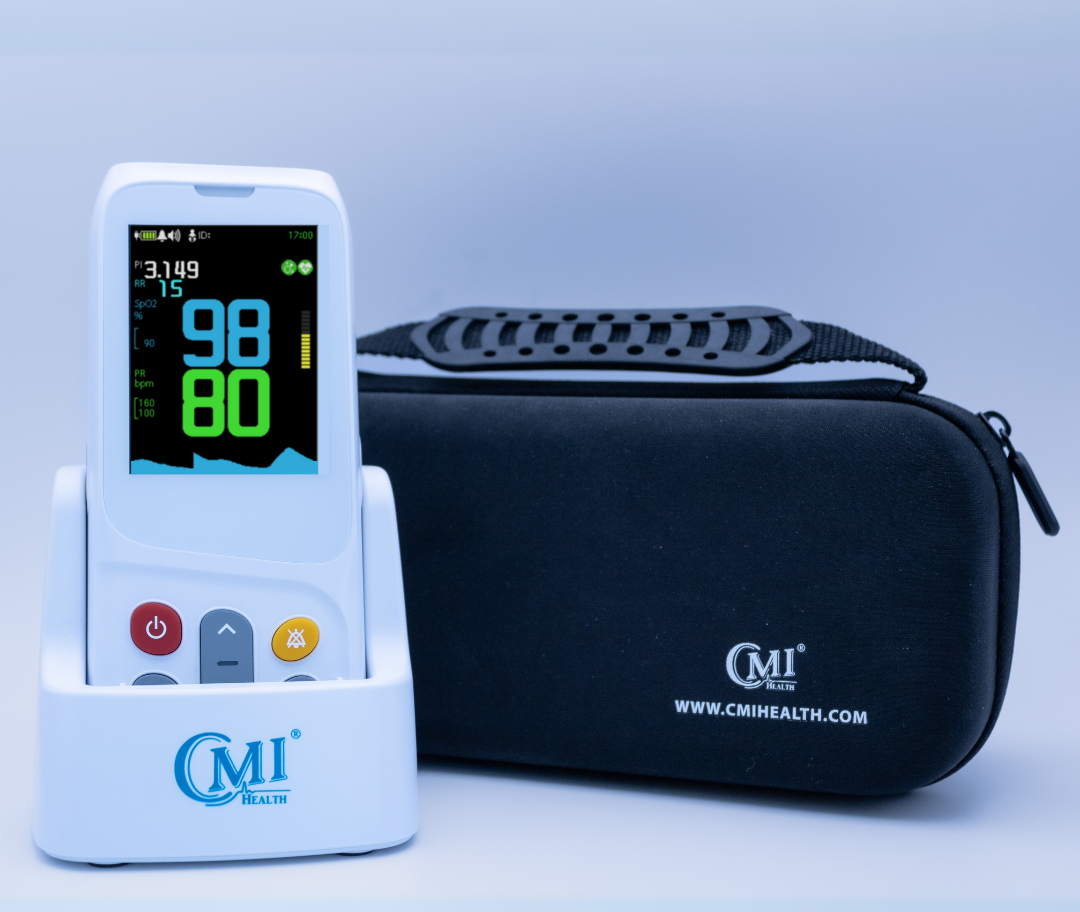

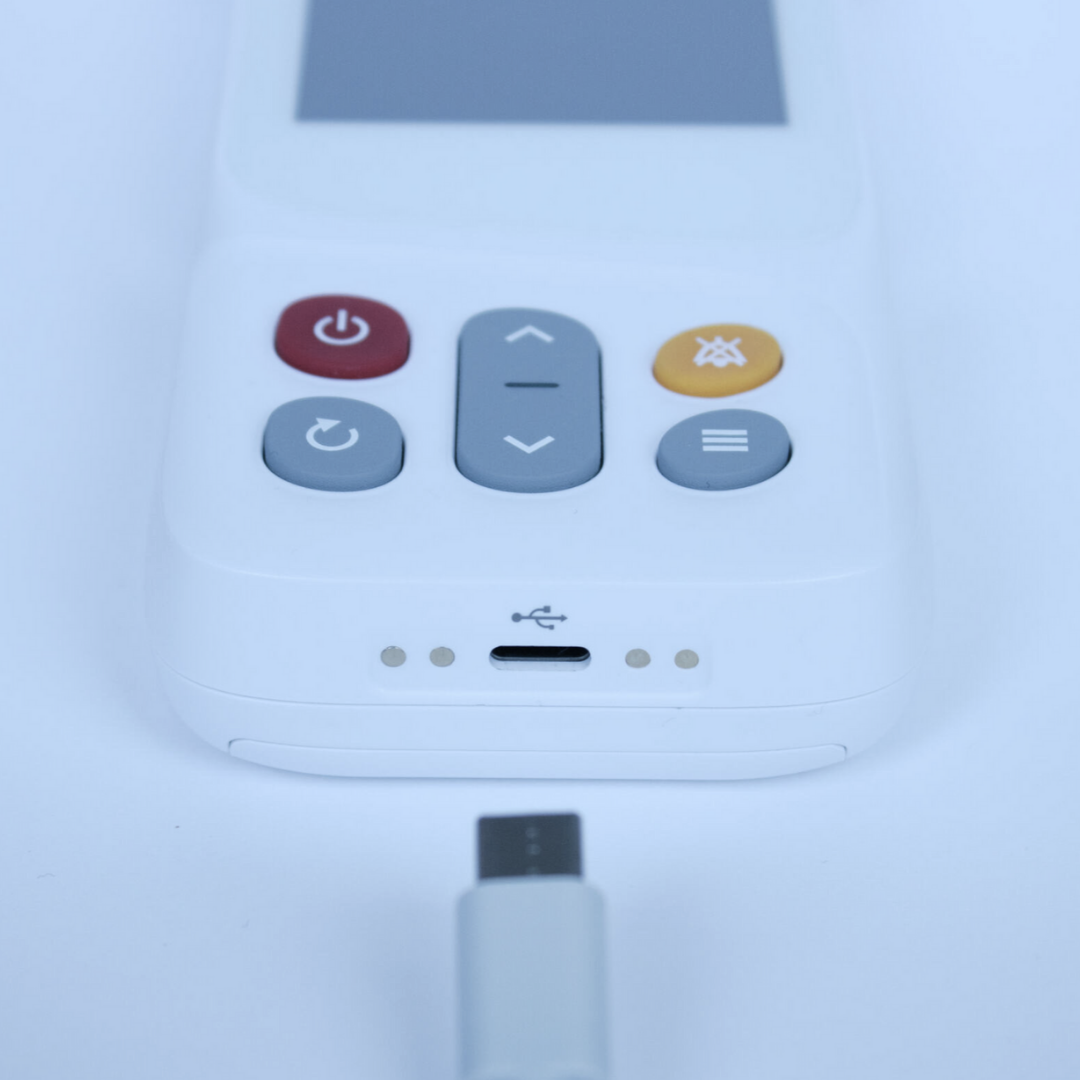


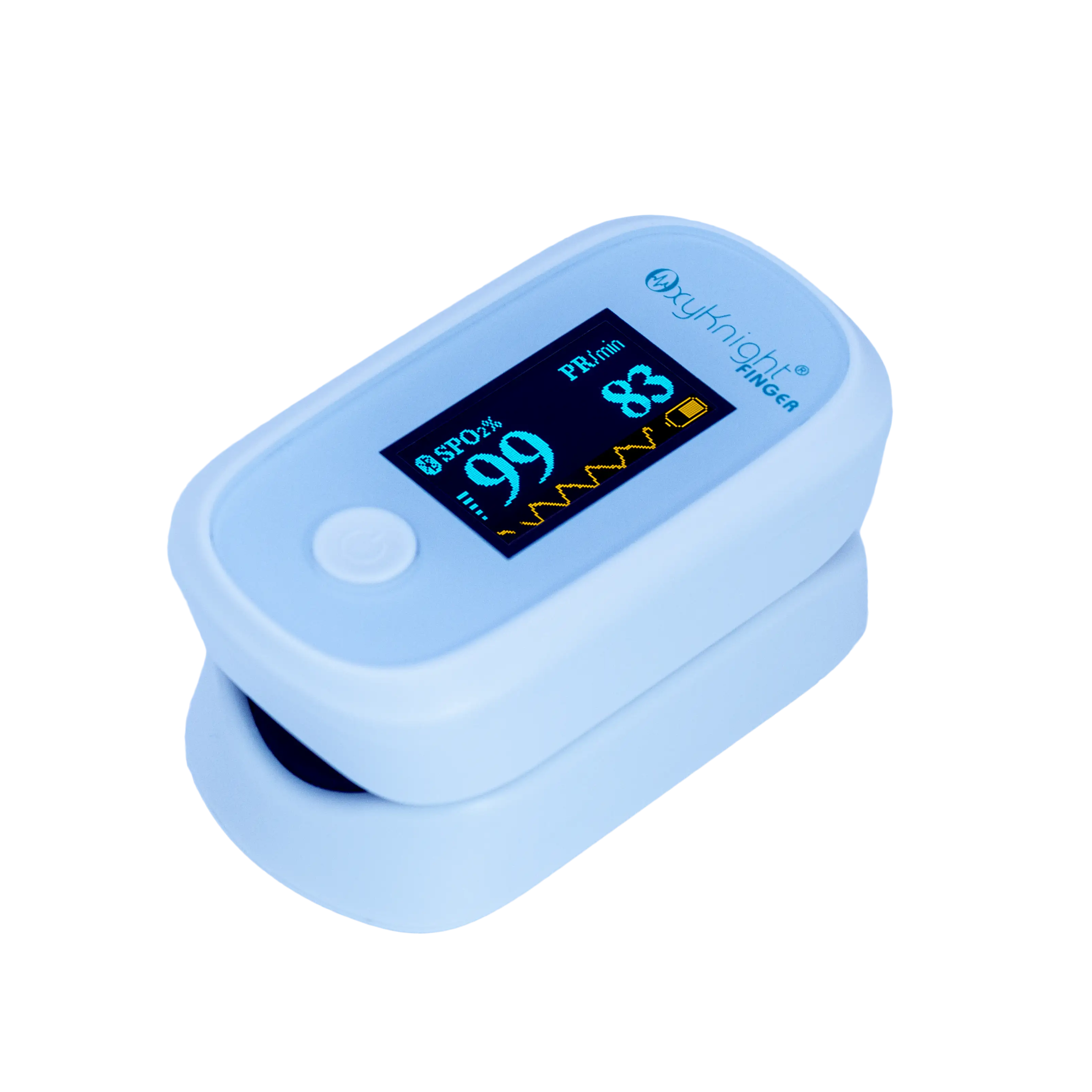
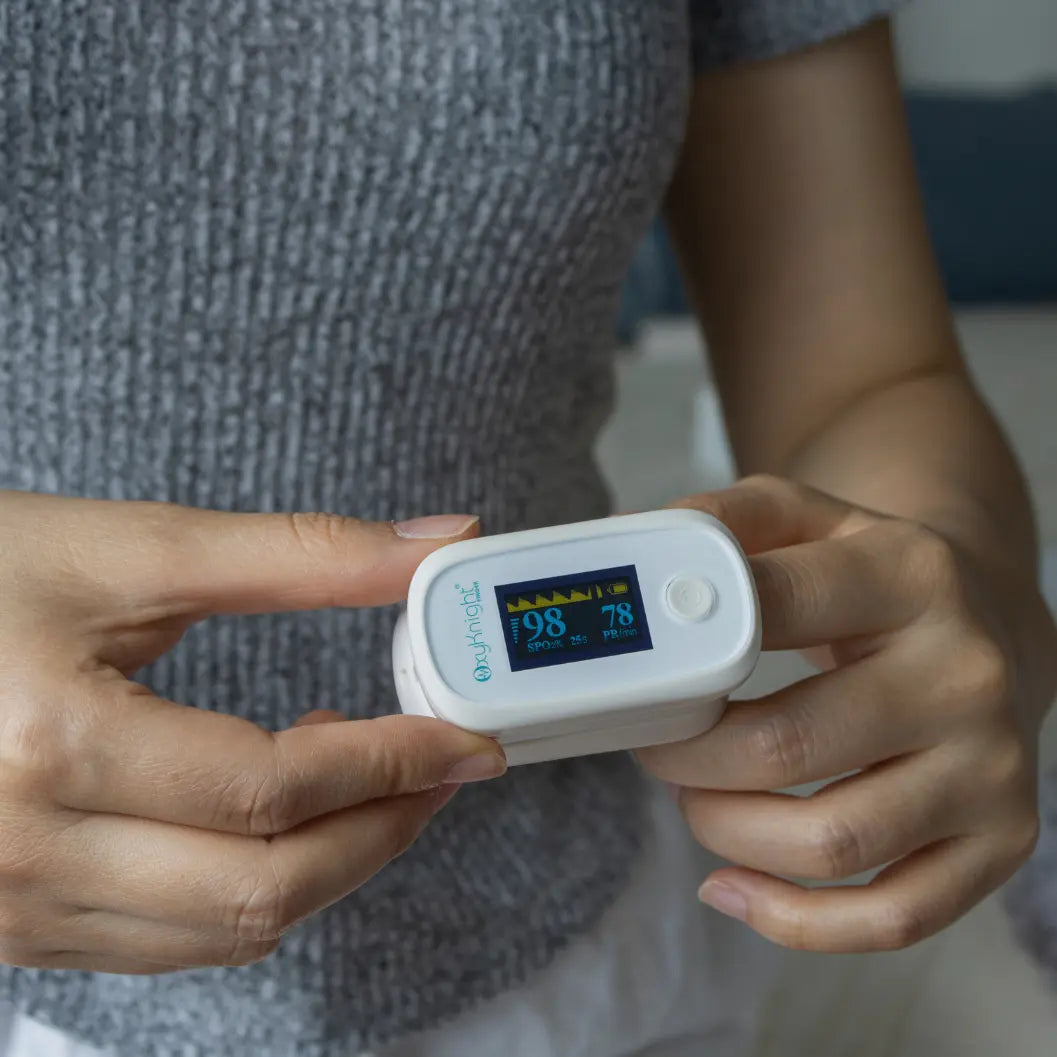
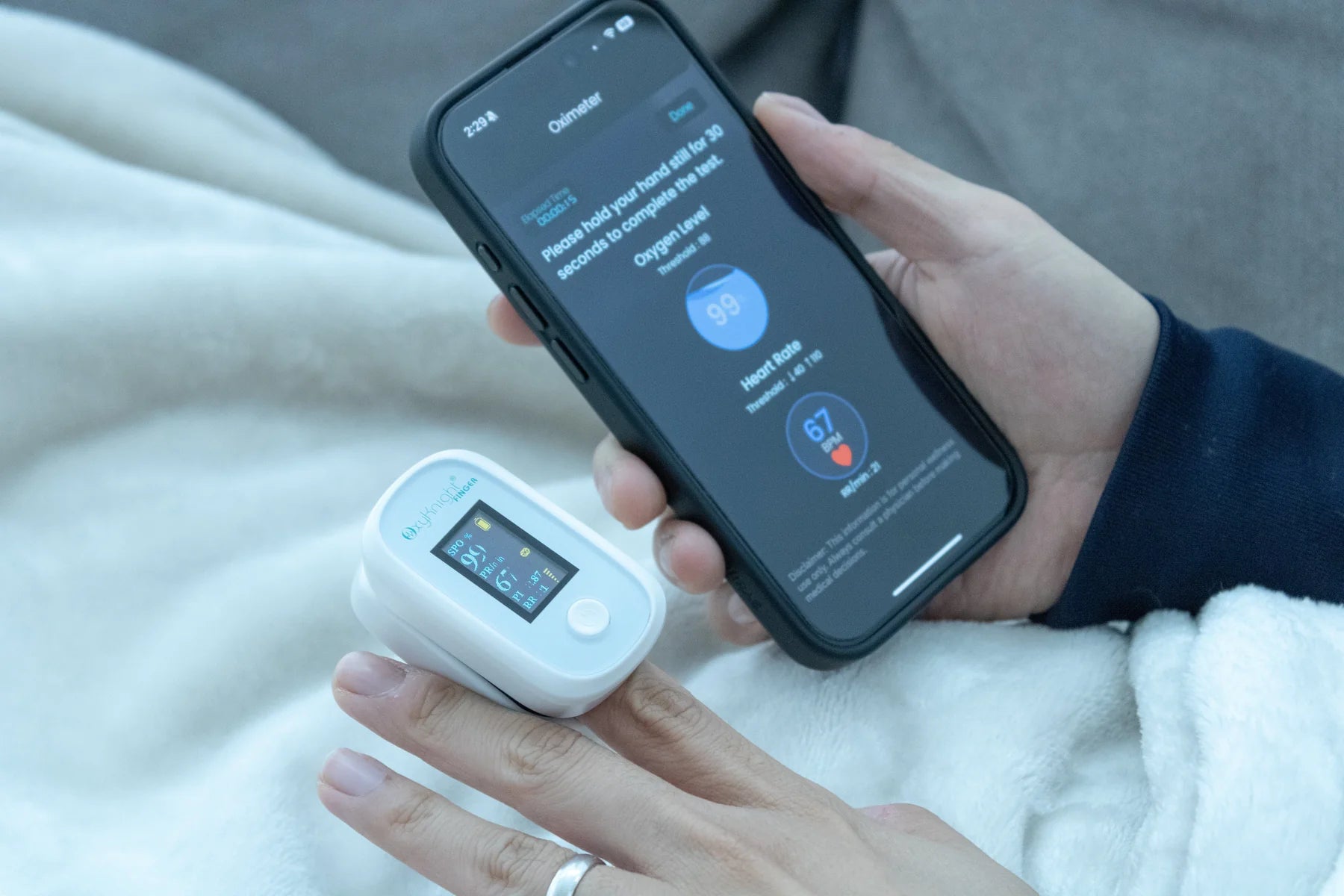
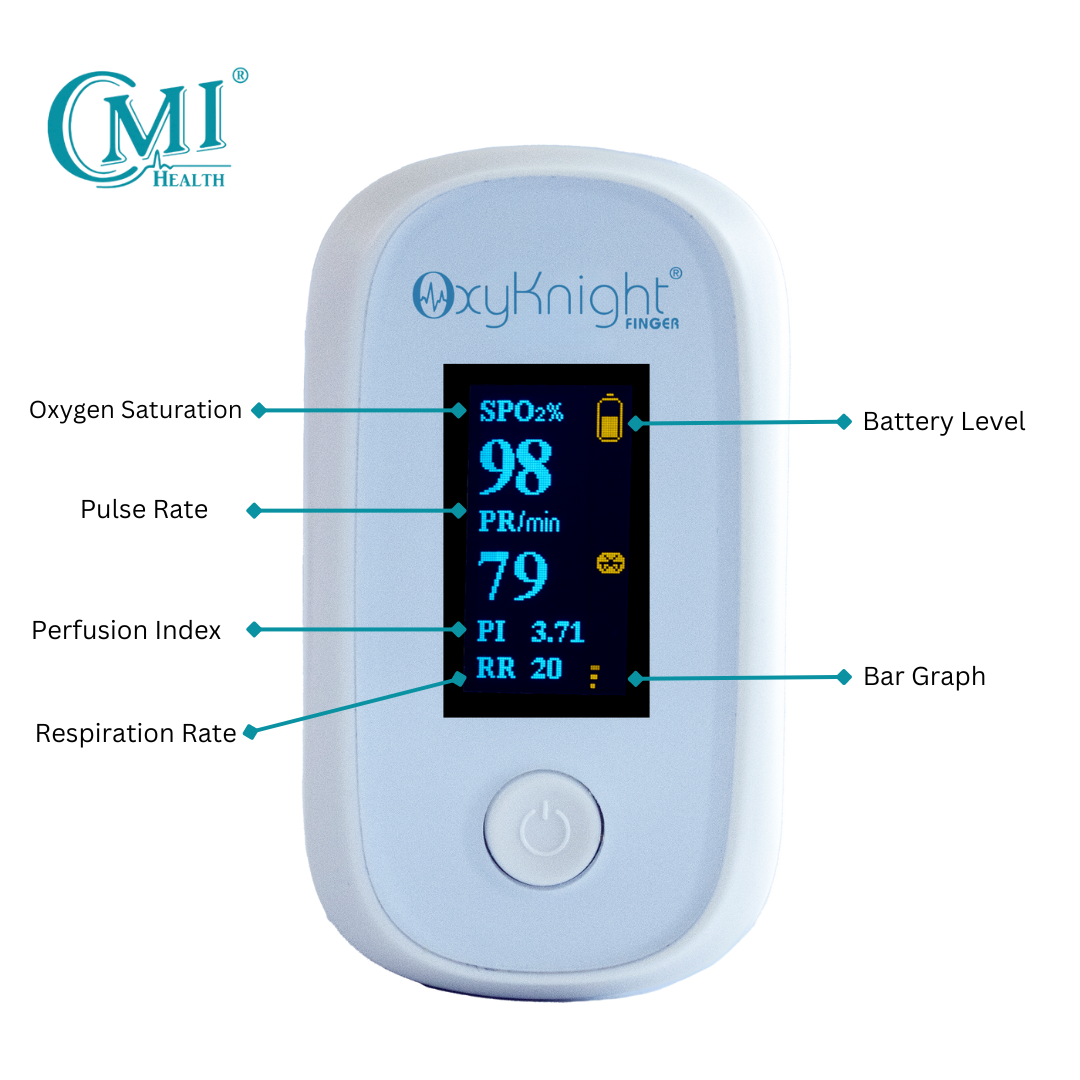
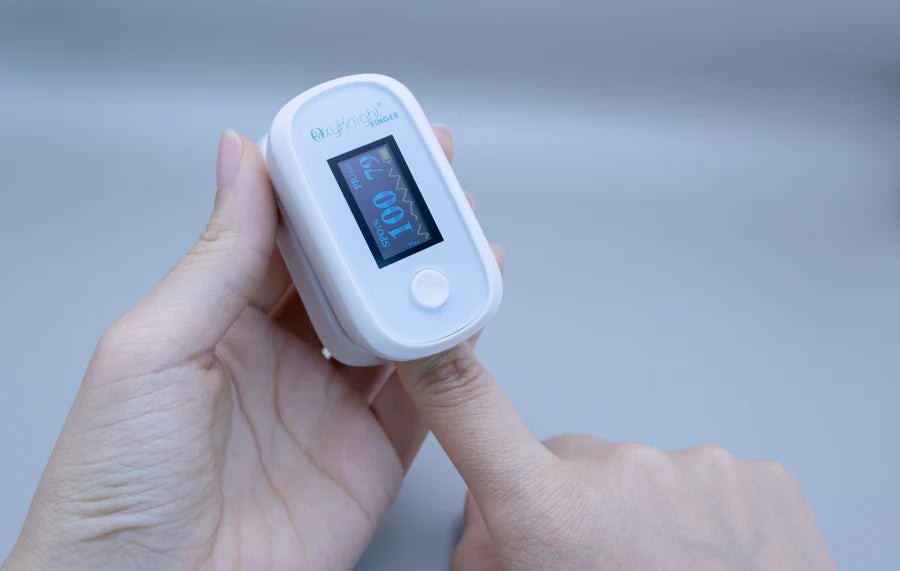
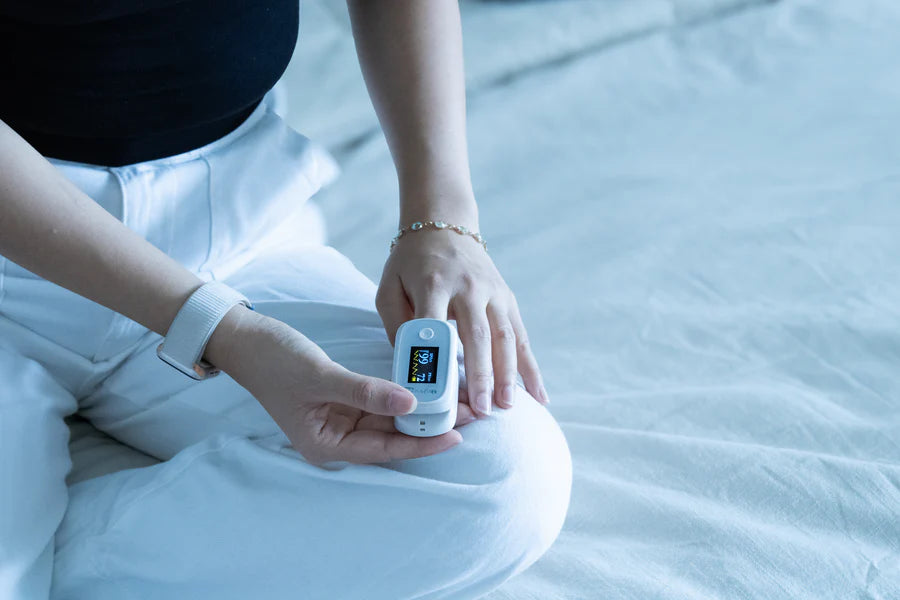
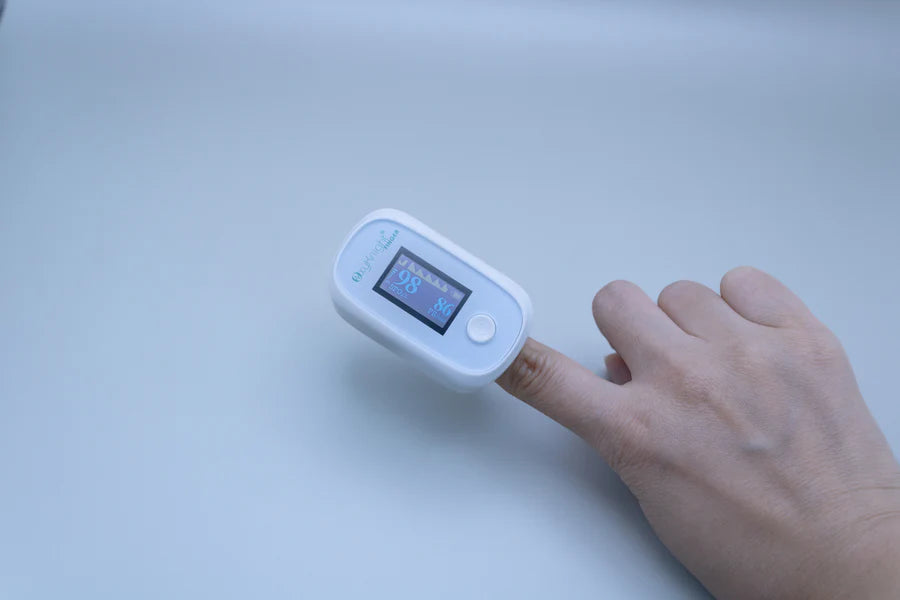
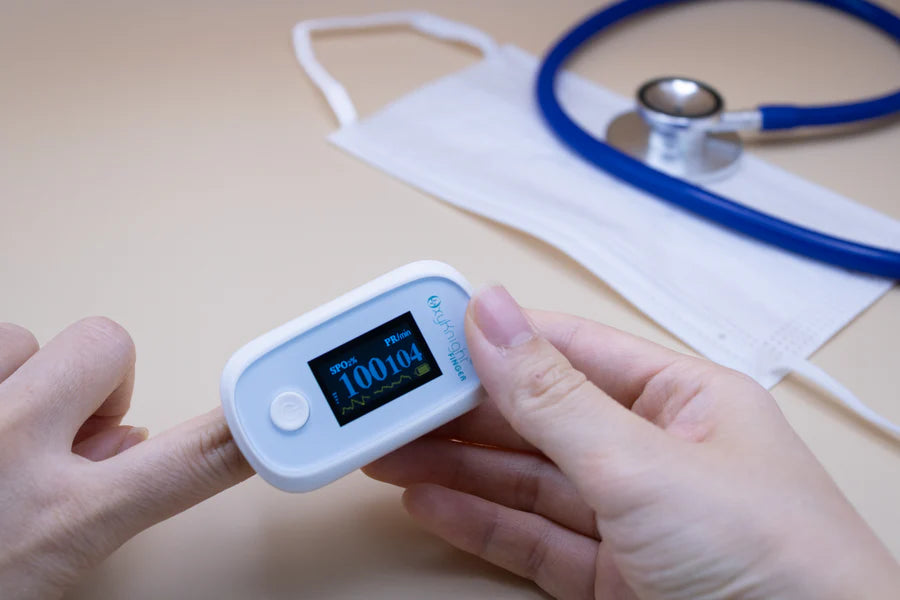
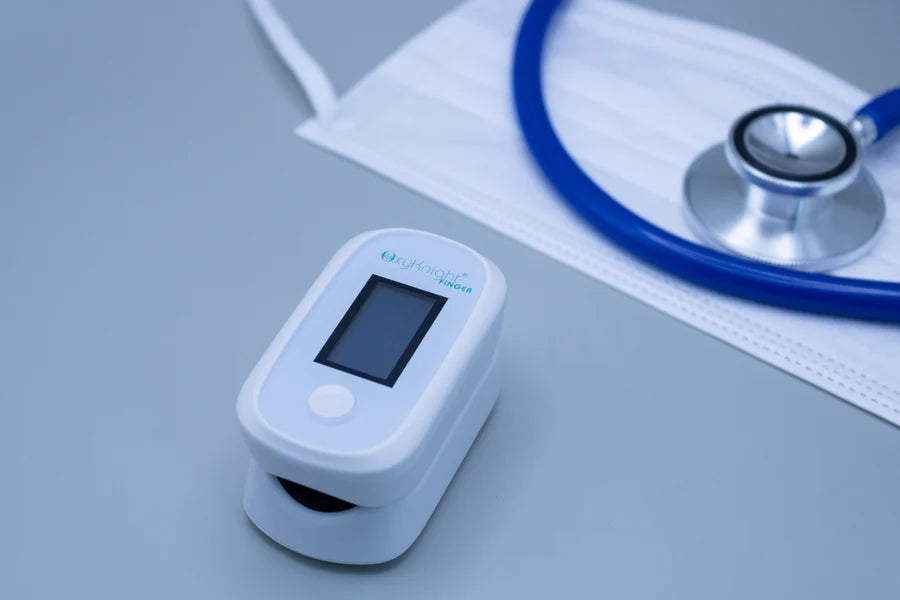

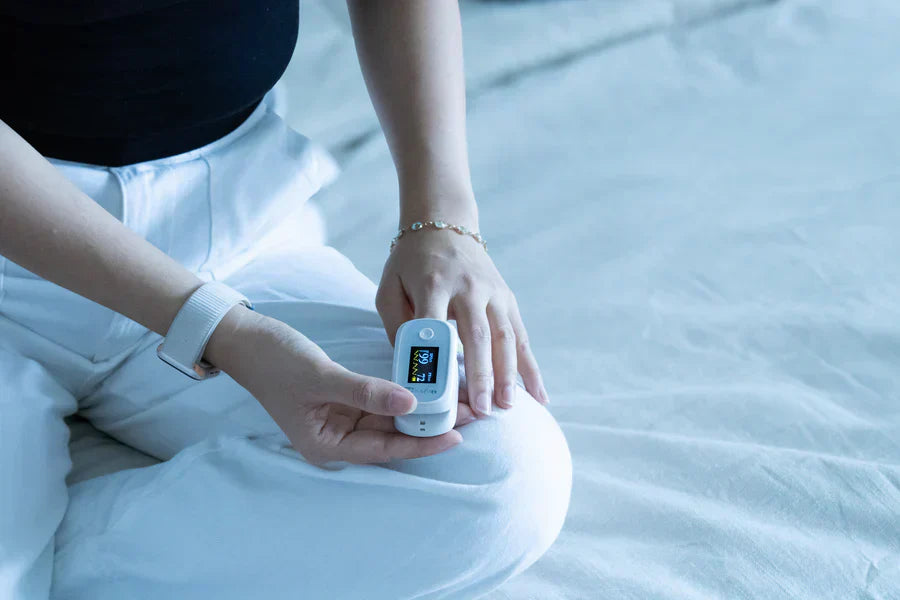
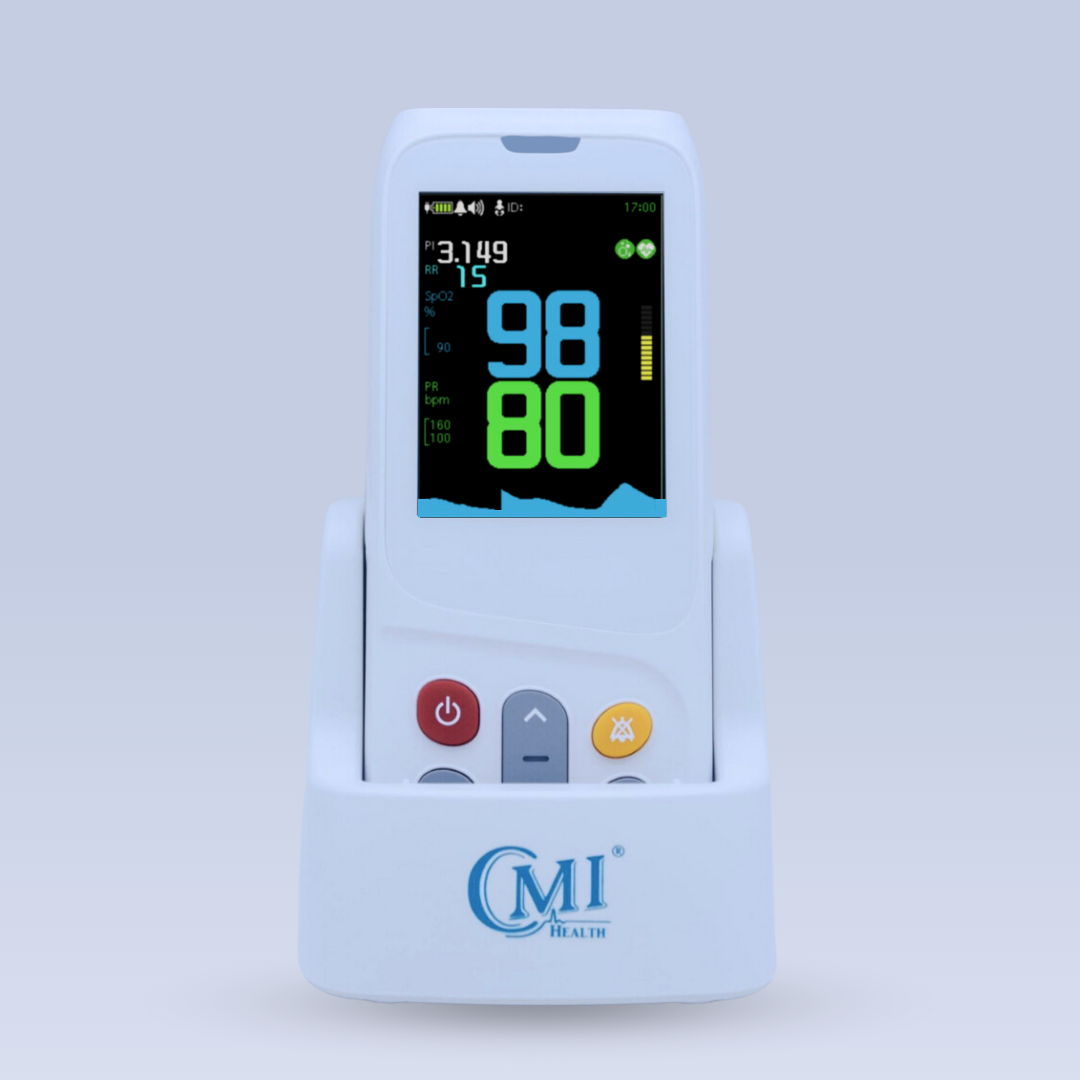
Leave a comment